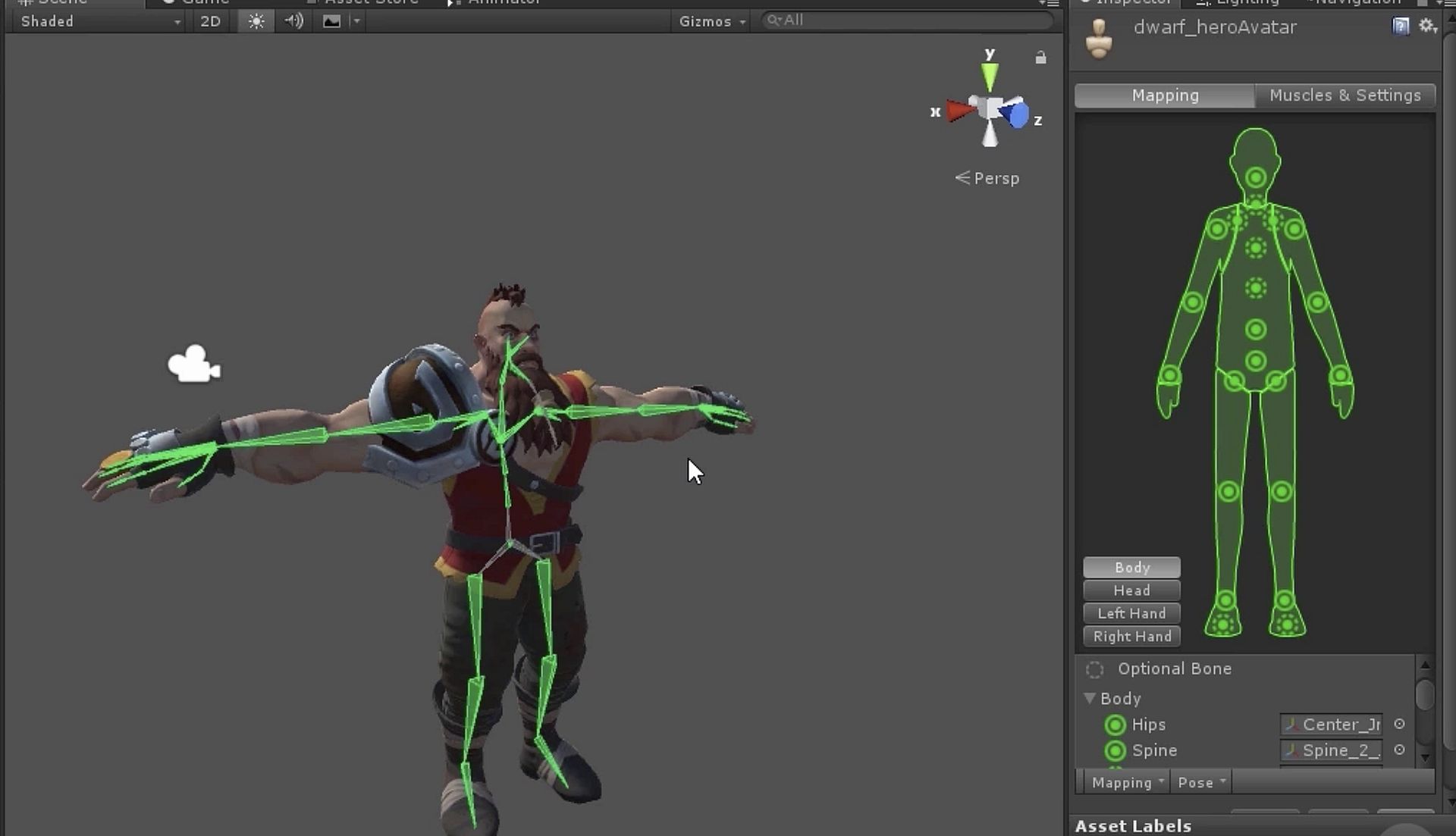The resounding echoes of Unity layoffs reverberate through the corridors of the tech world, signaling a transformative phase for Unity Software. With the recent disclosure of slashing approximately 1,800 positions—comprising a staggering 25% of its workforce—Unity Software has embarked on an unprecedented restructuring endeavor.
We have gathered all the details you need to know about Unity layoffs.

Analyzing Unity layoffs: Impact and insights on industry dynamics
Unity Software’s recent decision to cut approximately 1,800 jobs, accounting for roughly 25 percent of its workforce, reflects a strategic restructuring within the company. This significant downsizing, outlined in a regulatory filing and an internal memo obtained by Reuters, marks the largest round of layoffs in Unity’s history.
As articulated by interim CEO Jim Whitehurst in an internal memo to employees, the rationale behind these layoffs emphasizes a shift in focus toward the company’s core business. Whitehurst stated, “We are… reducing the number of things we are doing in order to focus on our core business and drive our long-term success and profitability.” This signals a strategic realignment aimed at streamlining operations and bolstering future sustainability and profitability.
Unity Software, recognized primarily for its Unity engine—a widely utilized and versatile game engine powering numerous prominent games such as Hearthstone and Pokemon GO—has recently encountered turbulence. Last September, the company introduced controversial changes to its fee structure, causing uproar within the developer community. The proposed alterations, which could have imposed substantial costs on developers for each installation, triggered widespread backlash. Subsequently, Unity had to backtrack on most of these changes following the intense negative reaction.

The internal restructuring at Unity intensified with the departure of former CEO John Ricetello in October, leading to the appointment of Jim Whitehurst as interim CEO. This transition coincided with the acknowledgment by the company of the necessity for a substantial reset in its operations, marked by prior rounds of layoffs in November.
Unity’s recent downsizing aligns with a broader trend witnessed within the gaming industry, which faced an estimated loss of around 6,000 jobs in 2023. Unfortunately, the prevailing indications suggest that 2024 may continue to reflect this unsettling pattern of layoffs and restructurings.
The impacts of these layoffs within Unity Software extend beyond mere organizational restructuring. They prompt reflection on the dynamism and volatility inherent in the gaming industry, emphasizing the continuous need for adaptation and evolution to navigate an ever-evolving landscape.
While aimed at consolidating its operations, this strategic decision by Unity raises pertinent questions about the resilience and adaptability of major industry players. The reverberations of these layoffs within the gaming ecosystem remain uncertain, but they unquestionably signify a crucial juncture in Unity’s trajectory and bear implications for the industry as a whole.
The Unity layoffs represent a significant reduction in the industry, but they’re not the sole substantial cut. Explore the Google AI layoffs to understand the impact of technological advancements on the workforce.
What is Unity?
Unity is a powerful and versatile platform primarily used for creating and operating interactive 3D and 2D content. It’s best known for its Unity engine, a robust and flexible tool that supports game development across various platforms like mobile devices, consoles, desktops, and the web.
Developers use Unity to design games, simulations, augmented reality (AR), virtual reality (VR) experiences, and other interactive content. It provides a user-friendly interface and a wide range of features, including physics, rendering, scripting, animation, and more, making it popular among both indie developers and larger game studios.
Beyond gaming, Unity’s applications extend to industries like architecture, film, automotive, and education, where it’s used for creating immersive experiences, training simulations, visualization tools, and interactive content.
The platform’s flexibility, ease of use, and extensive capabilities have made Unity a leading choice for content creators seeking to build interactive and engaging experiences across various mediums and industries.
Featured image credit: Unity





